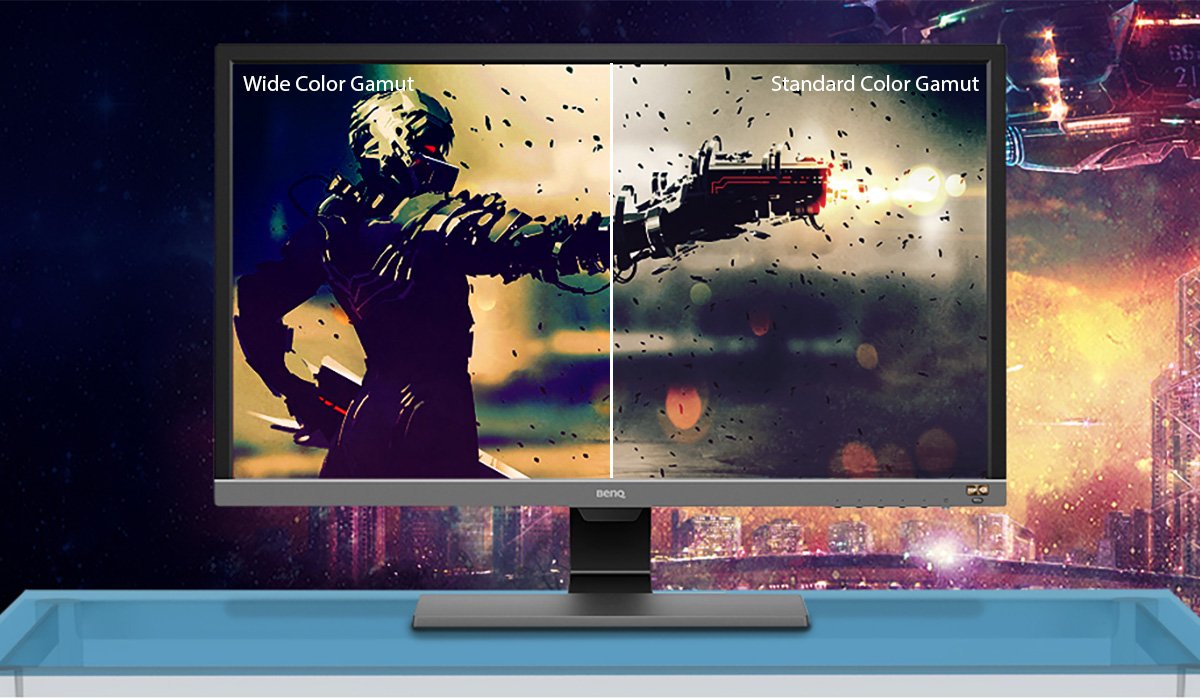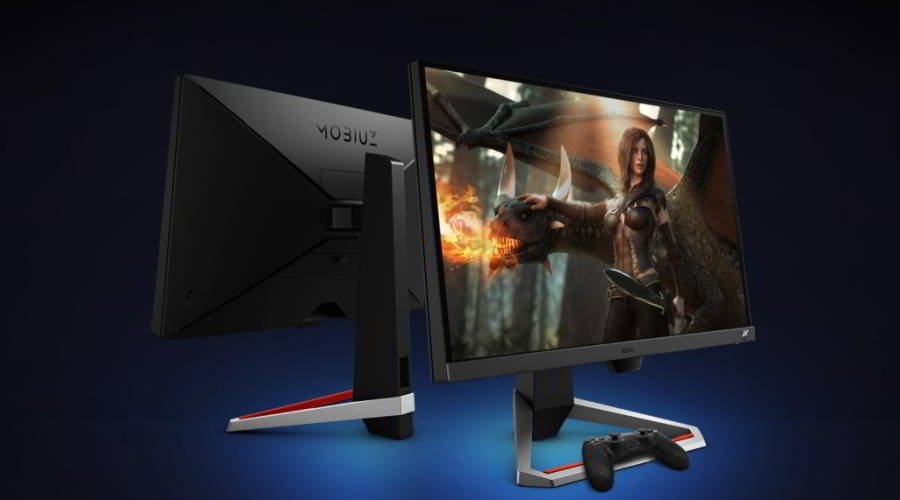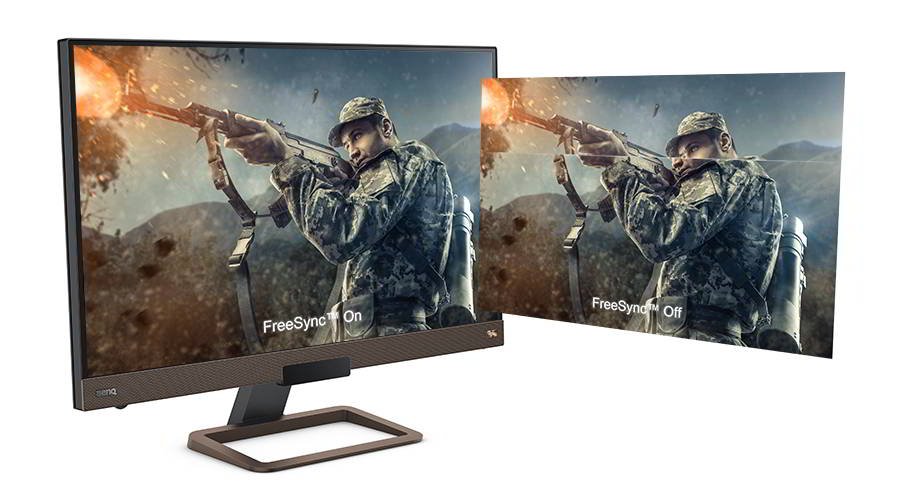There’s no simple answer to the question posed in the headline. A lot of that has to do with just how subjective vision is and the ways perception of colour varies between individuals. But we’re here to discuss colour spaces in gaming and gaming monitors. Well, that subjectivity can’t be eluded using something as simple as a QTE as there’s quite a lot of background to it so strap in.
DCI-P3 and sRGB represent colour spaces or colour gamut. They attempt to scientifically represent natural colour as seen by the human eye for the purposes of reproducing colour. That includes the monitor or TV on which you enjoy your gaming. Colour space definitions arrive from many organizations and associations worldwide, but arguably the most important has to be CIE 1931. The International Commission for Lighting in 1931 formulated the modern definition of standard RGB, otherwise known as sRGB. That standard remains by far the dominant colour format for Windows, Xbox, PlayStation, Switch, and every other gaming platform you can think of. Game developers create graphic assets in sRGB with almost none even considering other colour space definitions.
But the truth is that RGB obviously dates back to early in the previous century. The format reached its max potential with 8-bit, 16.7 million colour displays, and that’s what we have in games. It’s also why all those pulsating lights on everything from case fans to gaming mice go by “RGB lighting”, since they’re limited to a 16.7 colour definition.
The Society of Motion Picture and Television Engineers, or SMPTE, and a group of major movie studios created a much wider colour gamut called DCI-P3 in the late 2000s. It stands for Digital Cinema Initiatives – Protocol 3 and pairs beautifully with 10-bit, 1.07 billion colour displays. While sRBG emerged in the days of standard definition, DCI-P3 and its relative Rec. 2020 were created for ultra HD and HDR. We have a lot more about bit depth and colour spaces if you’re interested.
sRGB and DCI-P3 don’t come close to capturing the “true” spectrum of human colour perception. By most estimations and with CIE 1931 as an index, sRGB covers just over a third while DCI-P3 comes close to about half of human colour sensitivity. But the technological effort to get there continues.
If you want a bottom line right now, it’s that sRGB works fine for gaming because games are created with sRGB by default. Unlike movies, TV shows, pro photography, and design, where DCI-P3 and other wide gamut formats have become the norm. However, while sRGB definitely suffices for gaming, DCI-P3 may be up your alley because it saturates colours and some people enjoy that effect.






